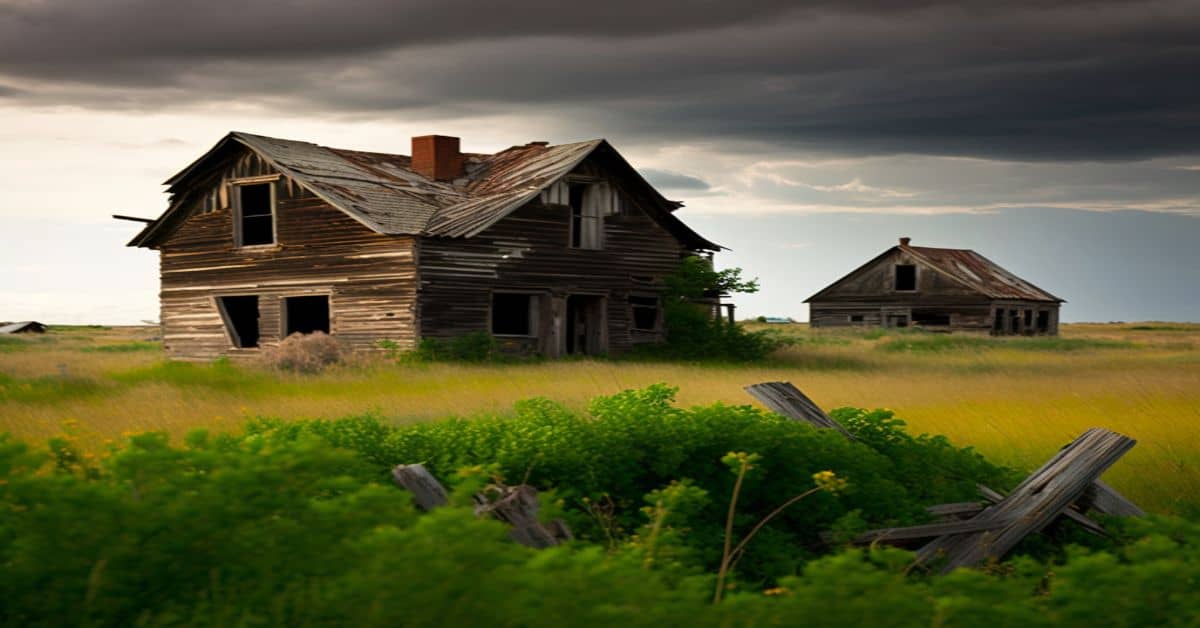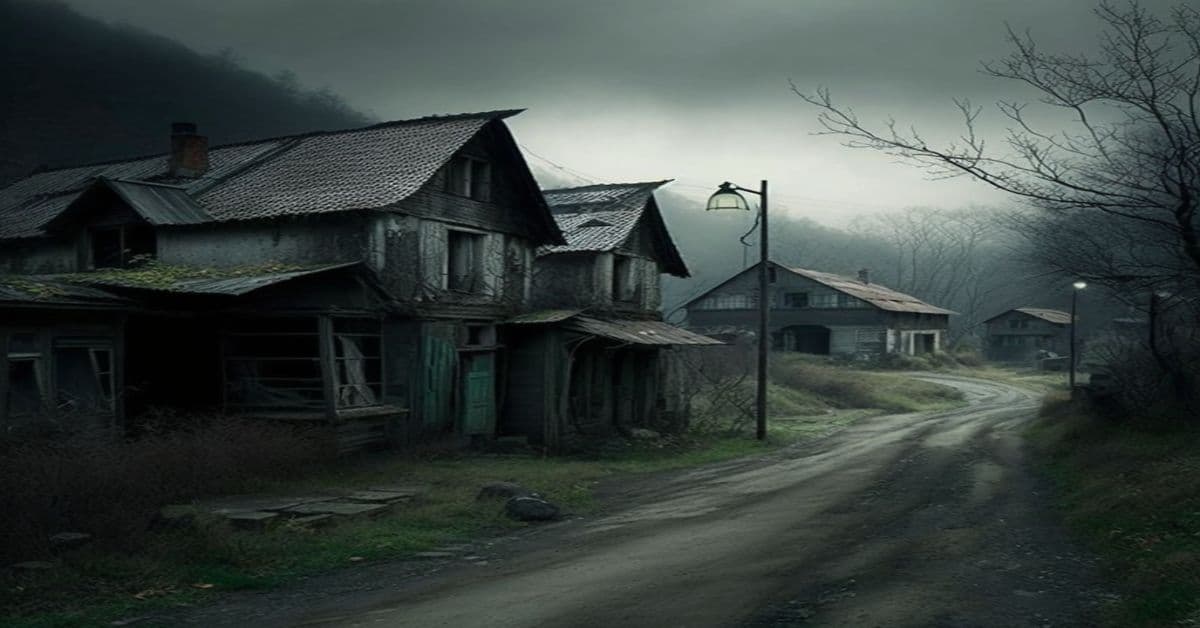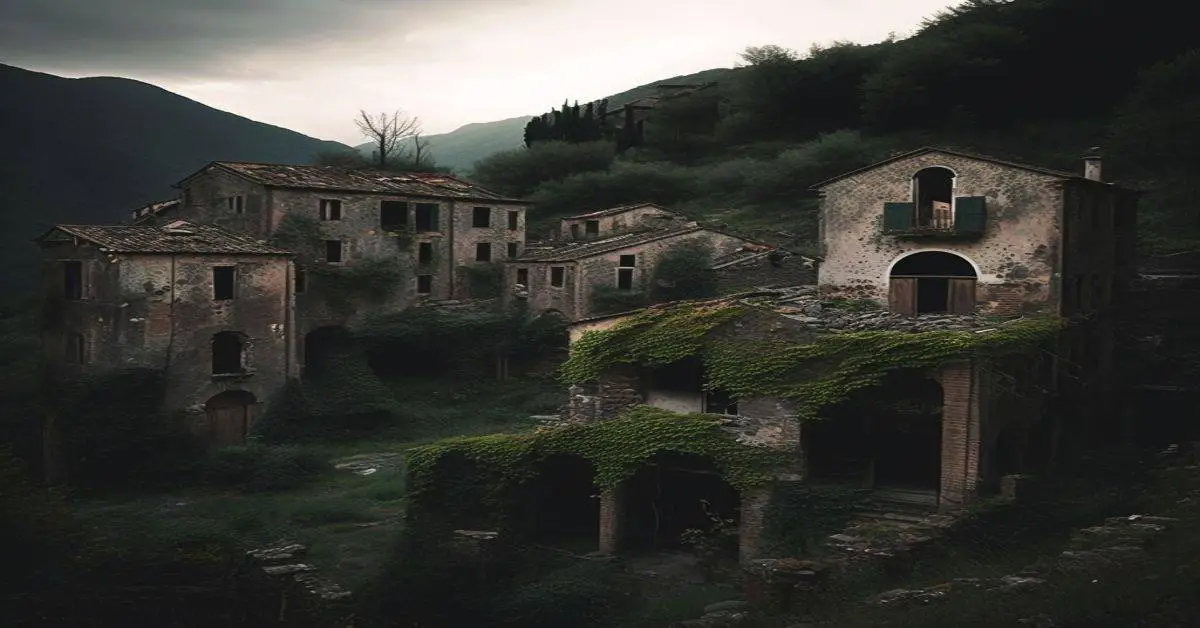As the adage goes, ‘time waits for no man,’ which is especially true for the town of Vantage, Washington. Once a bustling community located near a river and the Ginko Petrified Forest, Vantage is now a lost town underwater, drowned by the creation of Lake Wanapum in the early 1960s.
Today, all that remains of Vantage are old roads and an old cabin, serving as a haunting reminder of what was once a thriving town.
The history of Vantage, Washington, dates back to the early 1900s when the town was established as a hub for transportation and commerce. The town’s proximity to the river and the Ginko Petrified Forest made it an ideal location for a growing community.
However, constructing the Grand Coulee Dam in the 1930s changed everything for Vantage. The dam not only flooded the original town site but it also disrupted the river’s natural flow, causing significant changes to the surrounding environment.
Ultimately, the Wanapum Dam’s construction sealed Vantage’s fate, as the town was submerged underwater and lost to time.
Key Takeaways
- Vantage was once a thriving town near a river and the Ginko Petrified Forest in Washington.
- The construction of the Grand Coulee Dam in the 1930s caused the town to be relocated, resulting in residents leaving their homes and businesses behind and adapting to a new environment.
- The construction of the Wanapum Dam in the early 1960s eventually led to the flooding of the original Vantage town site, leaving behind only old roads and memories of what it once was.
- The story of Vantage serves as a reminder of the power of human intervention in the environment and the consequences that can follow, including the displacement of residents.
Location and History
Located near a river and the Ginko Petrified Forest, Vantage was once a thriving town in Washington before being relocated up the hill about two miles to its present location due to the Grand Coulee Dam.
This relocation was a struggle, as residents had to leave their homes and businesses behind and adapt to a new environment.
However, this move was necessary due to the rising river caused by the dam’s construction.
Unfortunately, the relocation was not the only environmental impact on Vantage.
Lake Wanapum eventually flooded the town after the construction of the Wanapum Dam in the early 1960s.
Today, no remains of the town are left, only old roads and memories.
The story of Vantage serves as a reminder of the power of human intervention in the environment and the consequences that can follow.
Effects of Grand Coulee Dam
The construction of the Grand Coulee Dam resulted in the relocation of residents from their original town site due to the rising river, ultimately leading to the area’s flooding. The dam, built in the 1930s, caused a significant environmental impact on the surrounding area, including the displacement of residents of Vantage.
As the river rose, the town’s residents were forced to move to a new location up the hill, about two miles away from the original site. The displacement of residents from Vantage was a direct result of the construction of the Grand Coulee Dam. The rising river caused by the dam’s construction threatened the safety and livelihoods of the town’s residents, leading to their relocation to a new site.
However, this relocation was not the end of the town’s troubles, as the construction of the Wanapum Dam in the early 1960s eventually led to the flooding of the original Vantage town site, leaving behind only old roads and memories of what once was.
Remnants and Nearby Attractions
One can find remnants of a former settlement near a petrified forest and a cabin near the Grand Coulee Dam. Vantage, a ghost town once located near the river, was relocated two miles up the hill due to the construction of the Grand Coulee Dam in the 1930s. Although the original town site was flooded by Lake Wanapum, created by the Wanapum Dam in the early 1960s, old roads can still be seen in the area. The town may have been lost underwater, but its remains can still be felt in the surrounding geological wonders.
The Ginko Petrified Forest, located near Vantage, is one of the attractions that visitors can explore nearby. The forest is home to petrified logs over 15 million years old. An old cabin can also be found in the area, providing a glimpse into the region’s past. While the original bridge was moved to Starbuck in 1968, remnants of Vantage’s past can still be seen in the area, making it a fascinating destination for those interested in history and geological wonders.
Frequently Asked Questions
What was the population of Vantage, Washington before it became a ghost town?
Vantage, a ghost town in Washington, had an estimated population before its relocation due to the Grand Coulee Dam in the 1930s. The historical significance of the town lies in its relocation and eventual flooding by the Wanapum Dam in the early 1960s.
What was the main industry in Vantage before it was relocated?
Vantage’s main industry before its relocation was agriculture, with wheat farming being the primary economic activity. The relocation reasons were due to the Grand Coulee Dam’s construction, which caused the rising river, affecting the town’s safety. The significant economic impact forced residents to relocate and abandon their livelihoods.
Are there any artifacts or historical markers commemorating the original town site?
Artifacts and memorials commemorating the original town site of Vantage are not mentioned in available sources. Archaeological findings may exist, but further research must determine if any historical markers have been established.
What is the current state of Lake Wanapum and how has it impacted the surrounding area?
Lake Wanapum, created by the Wanapum Dam, flooded Vantage, a town in Washington, leaving no remains of the original town. The lake’s current state supports recreational activities, but the ecological impact remains a concern.
Are there any local legends or ghost stories associated with the abandoned town of Vantage?
Haunted rumors surround the abandoned town of Vantage, but no concrete evidence supports them. Underwater exploration of the flooded town site has revealed no paranormal activity or ghost sightings.


